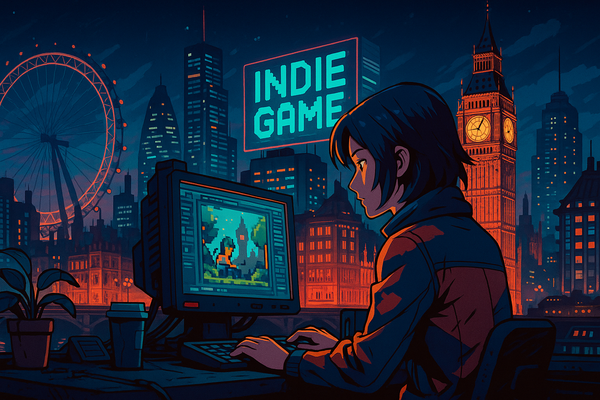Why Long-Term player retention is key to indie game success
Success isn't just about getting players to try your game; it's about keeping them engaged over the long term. While initial sales and player acquisition are important, long-term player retention is what ultimately determines an indie game's sustainability.
1. Retention Drives Sustainable Revenue
Long-term player retention directly impacts a game's ability to generate sustainable revenue over time. Players who remain engaged are more likely to make additional purchases, whether through expansions, DLCs, or in-game microtransactions. Games like Stardew Valley and Hades have thrived because players continue to invest time and money in the game long after the initial purchase(300Mind).
For indie developers working with limited budgets, maintaining an active player base means they can rely on continuous income streams instead of relying solely on the initial sales spike.
2. Builds a Strong, Supportive Community
Player retention fosters the growth of a game's community. A loyal community not only extends the game's lifecycle but also becomes a valuable asset in promoting the game. Players who are highly engaged are more likely to share their experiences, invite friends, create fan content, and support the game on forums and social media(SDLC Corp).
Games like Among Us benefited from strong word-of-mouth promotion, driven by an active community. By continuously engaging with players through updates and interacting with the community, indie developers can leverage their fans to help the game grow. For more on the benefits of building a strong community, check out this article on building a community in indie game development(Wardrome).
3. Increases the Game’s Longevity and Market Impact
Games that retain players longer tend to stay relevant in the market for extended periods. The continuous buzz around a game ensures that it doesn’t fade into obscurity, and its community remains active. With regular content updates, indie developers can sustain a game's relevance, as seen in Celeste and Dead Cells, where frequent updates keep players engaged.
Furthermore, retaining players means that your game can generate organic marketing over time, helping it find new audiences through platforms like Twitch, YouTube, and social media.
4. Facilitates Better Player Feedback
Long-term engagement allows developers to gather meaningful feedback from players who understand the game's mechanics and design deeply. These insights are invaluable for improving the game, addressing bugs, or expanding gameplay features. Continuous player feedback loops can help indie developers refine their games and make data-driven decisions on future updates(Indie Game Dev Hub).
For example, early access programs for indie games like Hades allowed developers to iterate based on player feedback, improving the game’s overall experience by the time of its full release.
5. Strengthens Developer Reputation
Indie developers who prioritize long-term player engagement often build a stronger reputation in the industry. Players who feel a developer cares about their experience are more likely to support future projects. This goodwill translates into easier funding for future games, better visibility in marketplaces, and increased collaboration opportunities.
Developers like ConcernedApe (creator of Stardew Valley) are well-known for their ongoing support and engagement with their games, creating a reputation for quality and care, which carries into subsequent projects.
6. Creates Opportunities for Ongoing Monetization
Games with strong long-term retention open doors for additional monetization opportunities, such as expansion packs, cosmetic updates, and seasonal events. By keeping players engaged through regular content updates, indie developers can create new revenue streams. Games like Slay the Spire have successfully capitalized on player retention with new characters, modes, and community-driven content.
This approach not only keeps the game fresh but also encourages returning players to spend more, helping sustain the game's financial health.
Long-term player retention is essential for the success of indie games. By keeping players engaged, developers can ensure sustainable revenue, foster a supportive community, and increase their game's longevity. Through continuous updates, community involvement, and gathering player feedback, indie games can thrive in a highly competitive market. Building a loyal player base not only ensures the current game's success but also paves the way for future projects.




